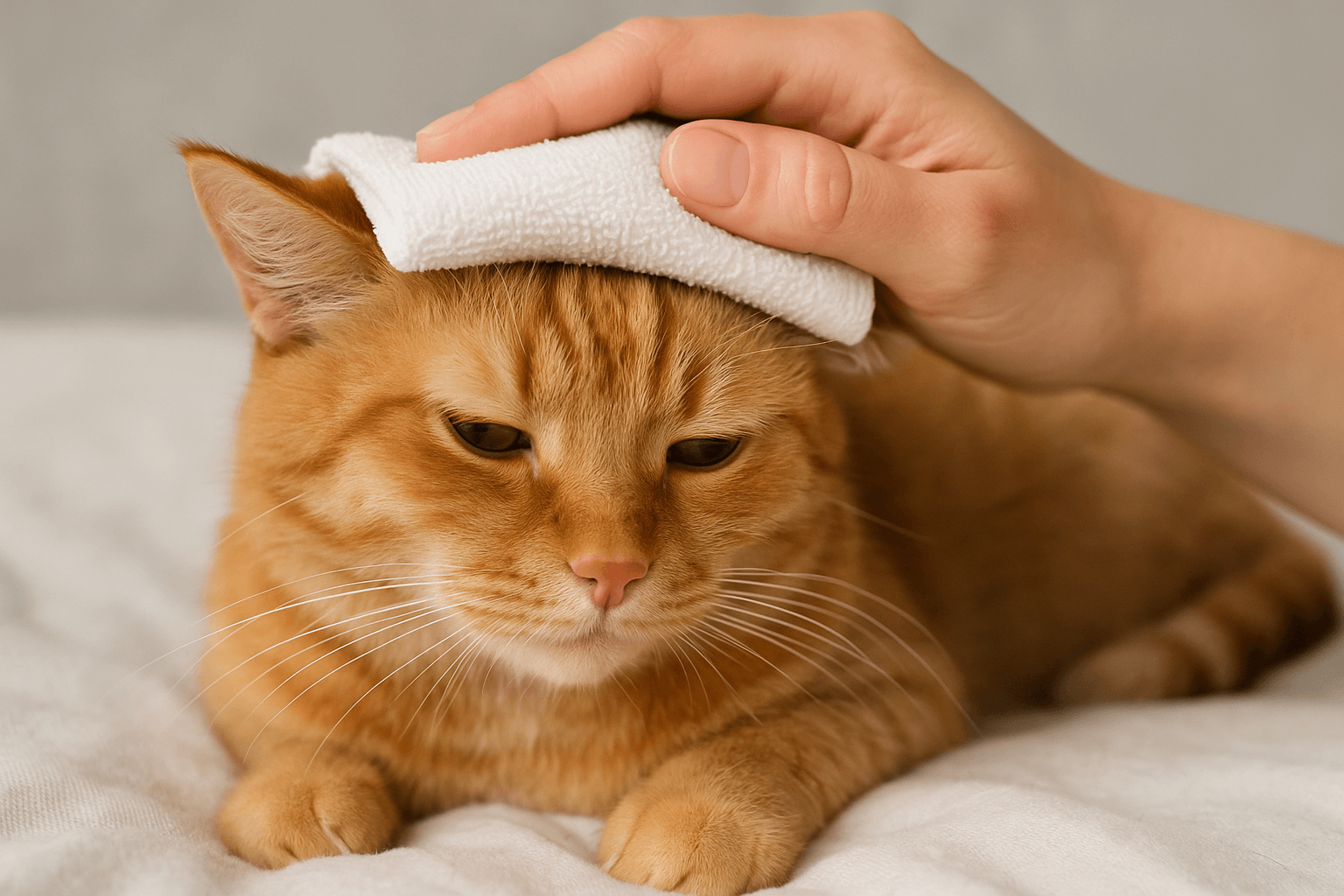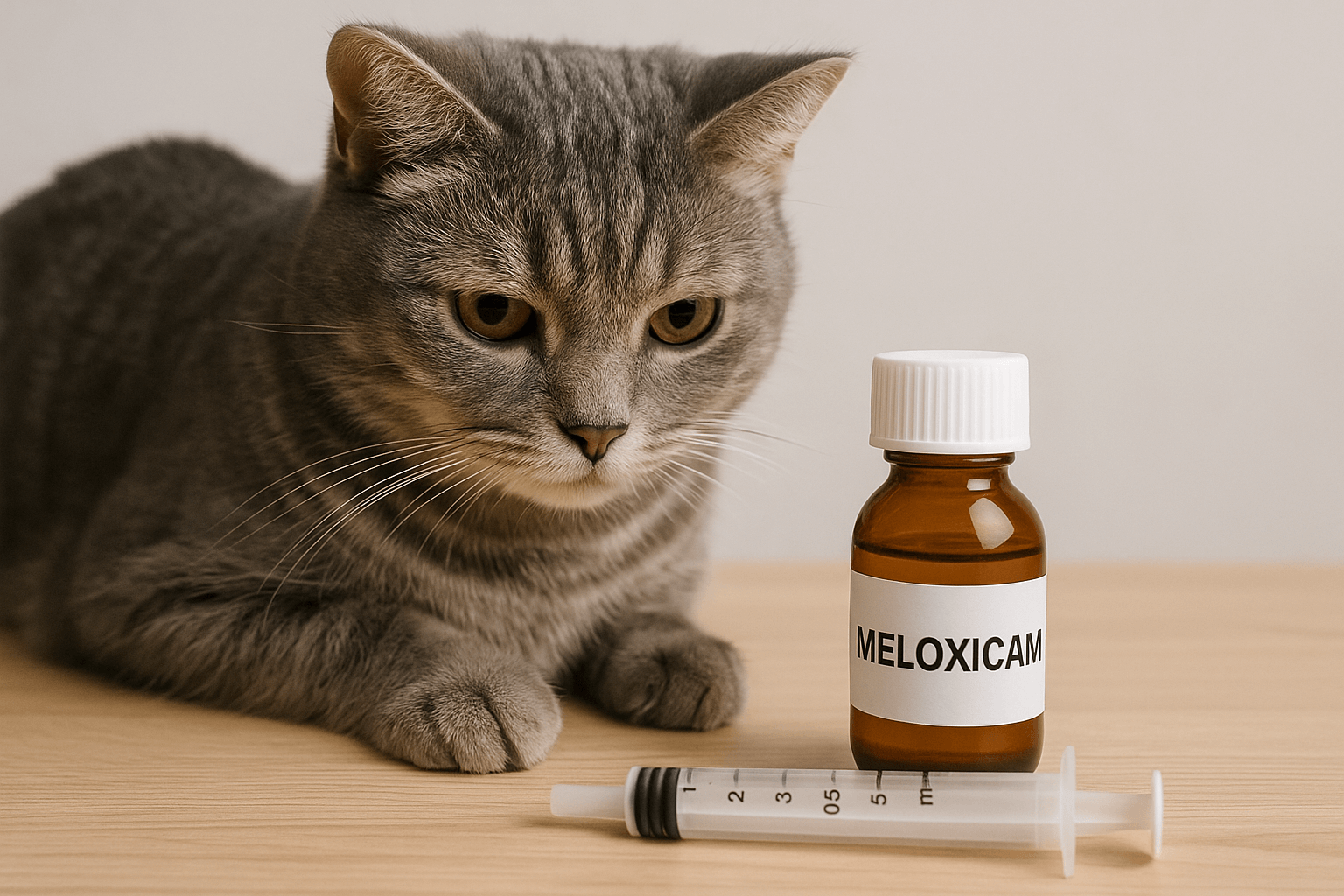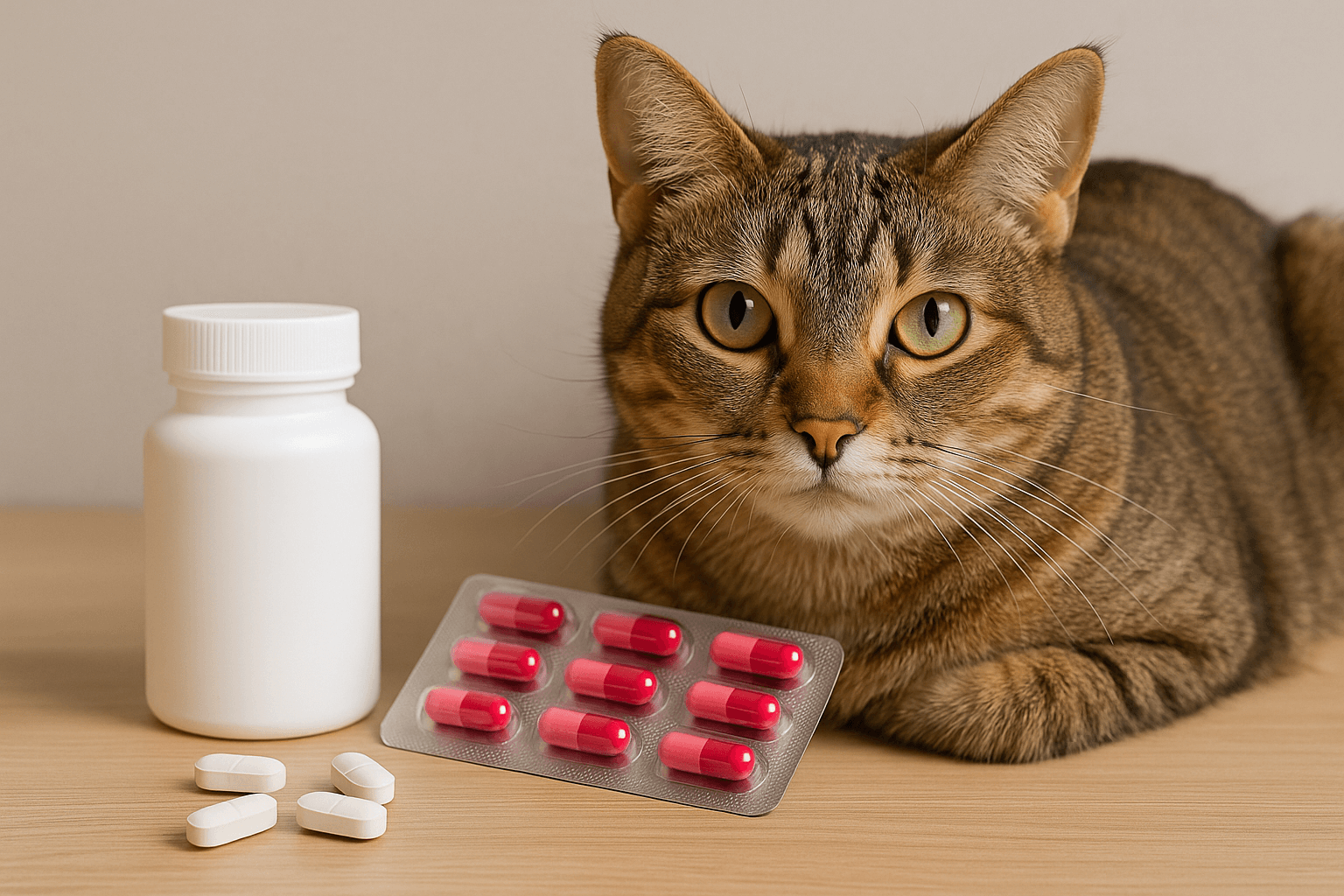Can Dogs Eat Pizza? What Every Dog Owner Should Know
Pizza is a beloved comfort food for humans, but when it comes to sharing this cheesy delight with our furry friends, things get a bit tricky. While dogs are notorious for their love of food and their ability to beg with those irresistible puppy eyes, not everything we eat is safe for them. So, can dogs eat pizza? The short answer is yes, but with significant caveats. Not all pizza ingredients are dog-friendly, and some can even be harmful. In this blog post, we’ll explore what makes pizza potentially dangerous for dogs, which toppings to avoid, and how you can safely share this treat with your four-legged companion without compromising their health.
What’s in Pizza That Could Harm Your Dog?
Pizza may seem like an innocent food, but its ingredients can pose risks to dogs. Here’s a breakdown of the potential hazards:
Cheese :
Dogs can tolerate small amounts of cheese, but it’s high in fat and calories, which can lead to obesity or pancreatitis if consumed in excess. Lactose intolerance is also common in dogs, causing digestive issues like diarrhea and gas.Tomato Sauce :
While plain tomatoes are generally safe, tomato sauce often contains added sugars, salt, garlic, and onions—all of which are toxic to dogs. Garlic and onions, in particular, can damage red blood cells and cause anemia.Processed Meats :
Pepperoni, sausage, and other processed meats are packed with sodium, preservatives, and spices that can upset a dog’s stomach or worse, harm their kidneys over time.Crust :
Plain pizza crust isn’t inherently toxic, but it’s usually made with refined flour and offers no nutritional value. Some store-bought crusts may also contain hidden additives that aren’t safe for dogs.Toppings Like Mushrooms or Pineapple :
Certain mushrooms can be toxic to dogs, while pineapple, though not poisonous, can cause stomach upset in large quantities due to its high sugar content.
In conclusion, while pizza itself isn’t outright toxic, many of its components can spell trouble for your pup. Always check the ingredients before letting your dog have a bite.
Safe Alternatives to Pizza for Dogs
If your dog is craving something similar to pizza, there are safer options you can prepare at home. These alternatives ensure your pet enjoys a tasty snack without risking their health:
Homemade Plain Crust :
Use whole wheat flour or gluten-free alternatives to make a simple, unseasoned crust. This eliminates harmful additives found in commercial pizza dough.Natural Tomato Sauce Substitute :
Instead of using traditional tomato sauce, blend fresh tomatoes and skip the salt, garlic, and onion. You can add a pinch of oregano for flavor—just ensure it’s dog-safe.Lean Proteins :
Cooked chicken, turkey, or lean beef are excellent substitutes for processed meats. Make sure they’re unseasoned and free from any oils or butter.Dog-Friendly Toppings :
Add dog-safe veggies like spinach, zucchini, or bell peppers. These provide nutrients without posing any health risks.Cheese Alternatives :
Consider using low-fat cottage cheese or a sprinkle of nutritional yeast as a cheese substitute. Both are easier on your dog’s digestion.
By creating a customized “dog pizza,” you can indulge your pet’s cravings while keeping their diet healthy and balanced.
Check this guide 👉Can Dogs Eat Kiwi? Best 7 Expert Tips!
Check this guide 👉Can Dogs Eat Yogurt? Best 7 Health Tips!
Check this guide 👉Can Dogs Eat Tofu? Best 7 Expert Tips!

Ingredients to Avoid | Safe Substitutes for Dogs |
|---|---|
Garlic and Onions | Fresh Herbs (e.g., Parsley) |
Processed Meats | Lean Cooked Chicken/Turkey |
High-Sodium Tomato Sauce | Blended Fresh Tomatoes |
Full-Fat Cheese | Low-Fat Cottage Cheese |
Sugary Toppings (Pineapple) | Dog-Safe Veggies (Spinach) |
Signs Your Dog May Have Eaten Something Harmful
Even with precautions, accidents happen. If your dog has eaten pizza containing harmful ingredients, here are signs to watch out for:
Vomiting or Diarrhea :
These are common symptoms of gastrointestinal distress caused by toxic foods or excessive fat intake.Lethargy or Weakness :
A sudden drop in energy levels could indicate poisoning or dehydration from vomiting and diarrhea.Difficulty Breathing :
This might suggest an allergic reaction or severe toxicity, especially if garlic or onions were ingested.Pale Gums or Jaundice :
These symptoms can signal hemolytic anemia, a condition caused by consuming garlic or onions.Increased Thirst or Urination :
Excessive thirst and frequent urination may point to kidney stress, often linked to high-sodium foods.
If you notice any of these signs after your dog eats pizza, contact your veterinarian immediately. Early intervention can prevent serious complications.
Tips for Safely Sharing Food with Your Dog
Sharing food with your dog doesn’t have to be risky. Follow these tips to ensure your pup stays happy and healthy:
Know What’s Safe :
Educate yourself about dog-safe foods. For example, fruits like apples (without seeds) and blueberries are great treats, while grapes and raisins are highly toxic.Portion Control :
Even safe foods should be given in moderation. Treats shouldn’t exceed 10% of your dog’s daily caloric intake.Avoid Seasonings :
Salt, pepper, and spices can irritate your dog’s digestive system. Stick to plain, unseasoned versions of human foods.Introduce Gradually :
When trying new foods, introduce them slowly to monitor your dog’s reaction. Sudden changes can upset their stomach.Consult Your Vet :
If you’re unsure whether a food is safe, ask your veterinarian. They can provide personalized advice based on your dog’s breed, age, and health status.
By following these guidelines, you can enjoy mealtime bonding with your dog without putting their well-being at risk.
Benefits of Feeding Your Dog Homemade Treats
Feeding your dog homemade treats can be a rewarding way to ensure they’re eating healthy, wholesome food. Unlike store-bought snacks, homemade options allow you to control the ingredients and avoid harmful additives. Here are some benefits of making treats at home:
Control Over Ingredients :
You decide exactly what goes into your dog’s food, ensuring no hidden toxins or allergens.Customizable for Dietary Needs :
If your dog has allergies or specific dietary requirements, homemade treats can be tailored to meet those needs.Cost-Effective :
Making treats in bulk is often cheaper than buying premium dog snacks from the store.Strengthened Bond :
Preparing food for your dog shows love and care, which strengthens your bond with them.Reduced Risk of Toxicity :
By avoiding processed foods, you eliminate the risk of accidental poisoning from unsafe ingredients.
In conclusion, homemade treats are a safe, nutritious, and thoughtful way to spoil your dog while keeping their health a top priority.
Common Myths About Dogs and Human Food
There’s a lot of misinformation out there about what dogs can and cannot eat. Separating fact from fiction is crucial to keeping your pet safe. Let’s debunk some common myths about dogs and human food:
Myth: Dogs Can Eat Anything We Eat :
This is false. Many human foods, like chocolate and grapes, are toxic to dogs. Always research before sharing your meal.Myth: A Little Spice Won’t Hurt :
Spices like garlic and nutmeg can harm dogs, even in small amounts. Stick to plain, unseasoned foods.Myth: Bones Are Always Safe for Dogs :
Cooked bones can splinter and cause choking hazards or internal injuries. Raw bones are safer but still require supervision.Myth: Fat Trimmings Are a Good Treat :
Fat trimmings can lead to pancreatitis, a painful and potentially fatal condition. Avoid feeding these to your dog.Myth: All Fruits Are Healthy for Dogs :
While some fruits are safe, others (like cherries and avocados) can be toxic. Always double-check before offering fruit.
Understanding these myths helps you make informed decisions about what to feed your dog, ensuring their diet remains safe and balanced.
Fun and Healthy Snack Ideas for Dogs
If you’re looking for creative ways to treat your dog, there are plenty of fun and healthy snack ideas that don’t involve pizza or other risky human foods. These snacks are easy to prepare and packed with nutrients. Consider these options:
Frozen Peanut Butter Cubes :
Mix unsalted peanut butter with water, pour it into an ice cube tray, and freeze for a refreshing treat.Carrot Sticks :
Raw carrots are crunchy, low-calorie, and great for dental health. They also satisfy your dog’s chewing instinct.Pumpkin Puree Bites :
Plain canned pumpkin mixed with oats and baked makes a soft, tummy-friendly snack rich in fiber.Apple Slices (No Seeds) :
Apples are a sweet, hydrating snack that’s perfect for hot days. Just remove the seeds and core first.Blueberry Yogurt Pops :
Blend plain yogurt with fresh blueberries and freeze in molds for a cool, antioxidant-rich dessert.
These snack ideas provide variety and nutrition, keeping your dog happy and healthy without resorting to potentially harmful human foods.
Frequently Asked Questions About Dogs and Pizza
Can I give my dog a slice of plain cheese pizza?
A small piece of plain cheese pizza is unlikely to harm most dogs, but it’s best avoided due to its high fat and lactose content.
Is tomato sauce bad for dogs?
Yes, tomato sauce often contains garlic, onions, and salt, which are toxic to dogs. Opt for fresh tomatoes instead.
What happens if my dog eats pepperoni?
Pepperoni is high in sodium and spices, which can lead to dehydration, stomach upset, or even kidney damage in large amounts.
Are there any dog-safe pizza toppings?
Yes, cooked lean meats, plain veggies like spinach, and low-fat cheeses are safe options.
How much pizza is too much for a dog?
Even a small amount of pizza can upset your dog’s stomach. It’s better to stick to dog-specific treats or homemade alternatives.
Final Thoughts: Can Dogs Eat Pizza?
While dogs can technically eat pizza, it’s far from an ideal treat. Many pizza ingredients are unhealthy or downright toxic for our canine companions. By understanding the risks and opting for dog-friendly alternatives, you can keep your pet safe while still indulging their curiosity about human food. Remember, moderation and awareness are key. With a little creativity, you can whip up a “pup-friendly pizza” that satisfies their taste buds without compromising their health. After all, nothing beats seeing your furry friend wag their tail in joy—and staying healthy in the process!
Cat Fever Treatment: Best 7 Expert Tips! Discover expert advice on identifying, managing, and treating fever in cats to ensure their quick recovery and well-being.
Understanding Meloxicam for Cats: Best 7 Expert Tips! Learn how to safely administer meloxicam, manage side effects, and ensure your cat's comfort with expert advice on feline pain relief.
Amoxicillin for Cat UTI: Best 7 Expert Tips! Discover safe usage, dosage guidelines, and expert advice on treating feline urinary tract infections effectively with amoxicillin.
Understanding Cat Cancer Treatment: Best 7 Expert Tips! Discover expert advice on managing feline cancer, from early detection to treatment options, ensuring your cat’s health and comfort.





